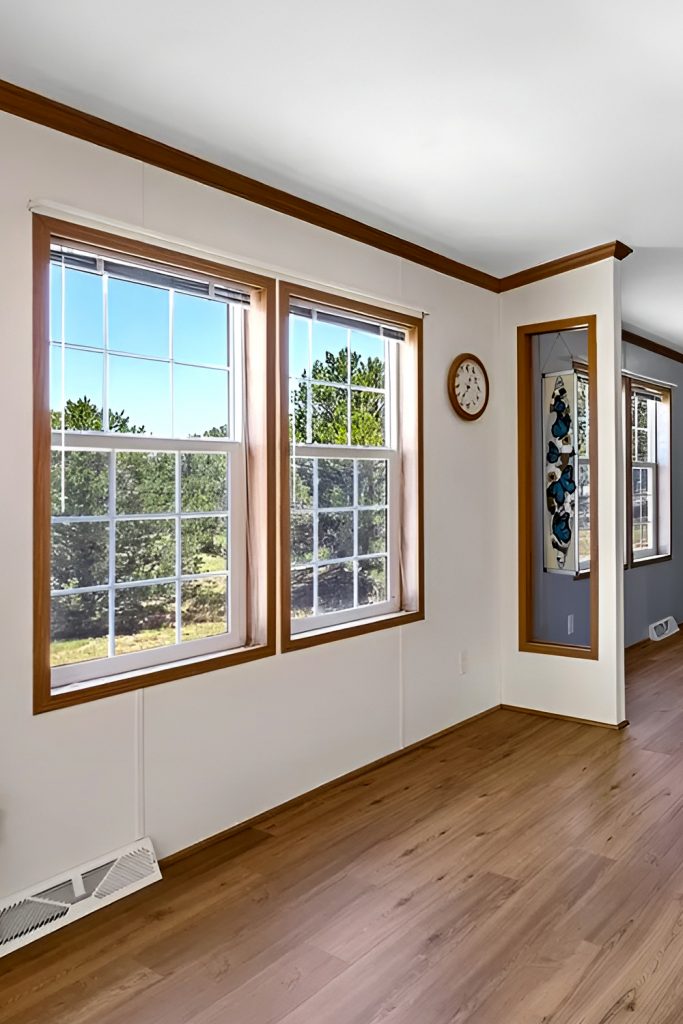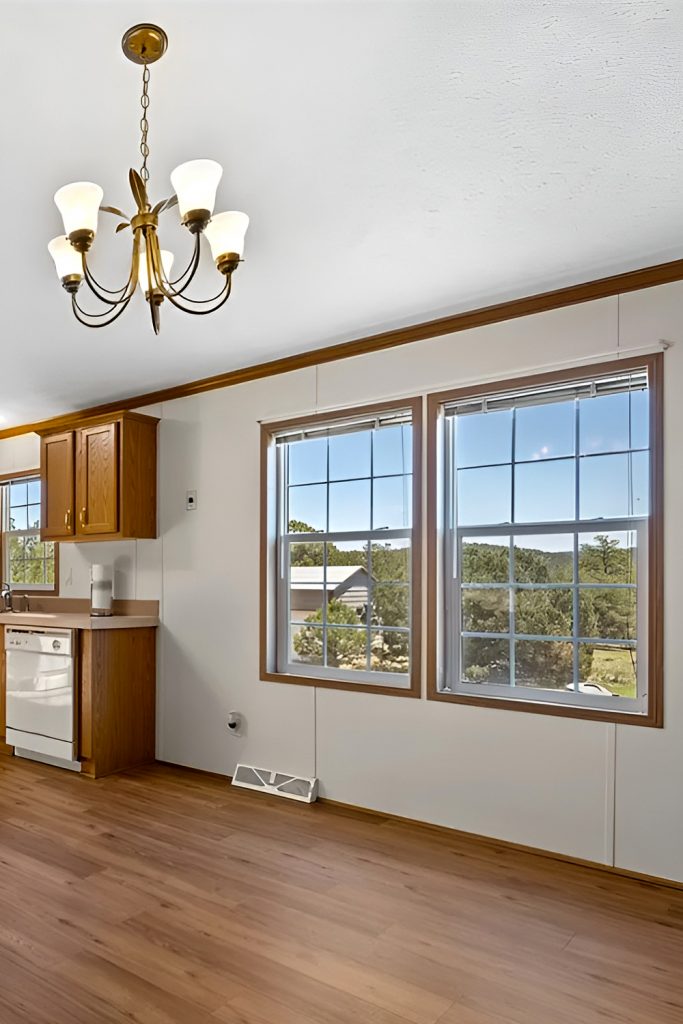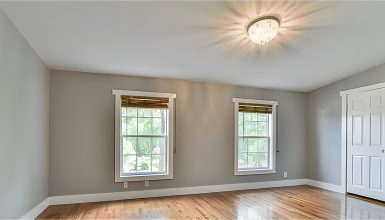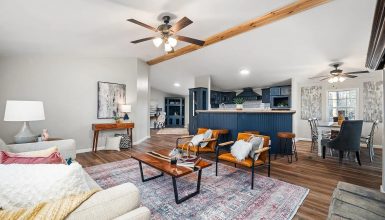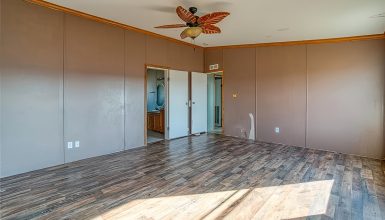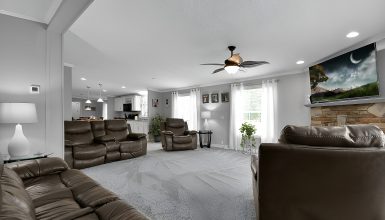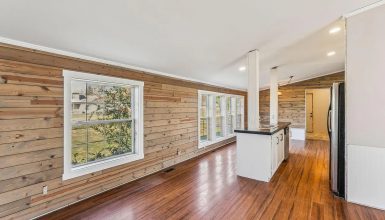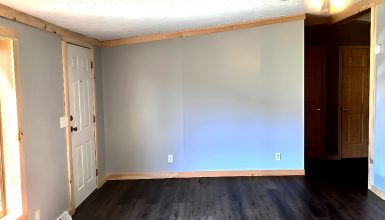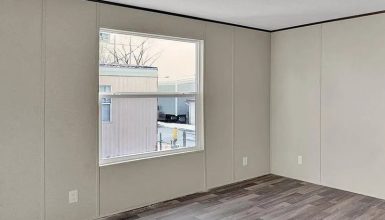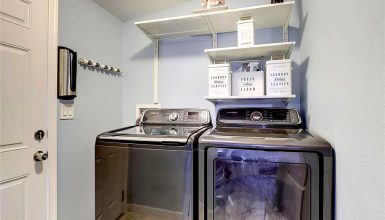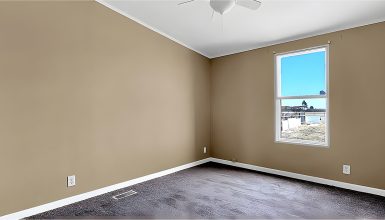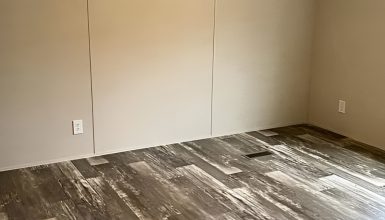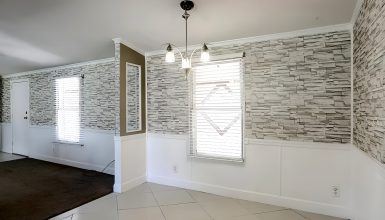Window screens in mobile homes are more than just mesh barriers. They are key to a comfortable living space. Think about it. They keep bugs out while letting fresh air in. Plus, they add a layer of privacy and can even save energy. With many types of screens available, picking the right one can feel tricky. But it’s all about finding what fits your life. Whether battling heat, dealing with pets, or just wanting a clear view, there’s a screen for that. So, let’s dive into the various screen options and find the perfect match for your mobile home.
Types of Mobile Home Window Screens
Mobile home window screens come in several types, each with unique features. Here are the common types:
1. Fiberglass Screens
Fiberglass screens are pretty common. They’re light and easy to handle. Think of a gentle breeze flowing through without letting bugs in. They’re great because they don’t dent or rust. But they can tear a bit easier than other types. If you live in a calm area without much poking and prodding at your screens, fiberglass is a solid, budget-friendly choice.
2. Aluminum Screens
Now, aluminum screens are the tough guys. They last long and stand up to a bit more roughness. They won’t rust, which is a big plus. But they can get dents. Aluminum might be your go-to if you’ve got a busy household or live where the weather tosses stuff around. Remember that they can be a tad more expensive than fiberglass.
3. Solar Screens
Solar screens are like sunglasses for your home. They block out much of the sun’s heat, making your place cooler and reducing air conditioning costs. This is super for hot climates. But there’s a trade-off. They can make things a bit darker inside and affect your view out the window. If reducing glare and saving on energy bills sounds good, solar screens could be your pick.
4. Pet-Resistant Screens
Got pets? Pet-resistant screens are a game-changer. They’re made tough to stand up to claws and paws. No more tears or holes from your furry friends. They are a bit pricier but worth it for pet owners. Knowing your screen can handle your pets’ curiosity, you get peace of mind.
5. Retractable Screens
Retractable screens are all about flexibility. You can have them out when needed and roll them back when you don’t. They’re perfect for those who love an unobstructed view now and then. The catch? They can be trickier to install and might cost more. If convenience and a clear view are high on your list, retractable screens might just be what you’re looking for.
How to Choose the Right Window Screen
Choosing the right screen is all about your lifestyle and where you live. First, think about the weather. Solar screens might be best if it’s hot and sunny most of the year. They cut down on the heat coming in. Live in a cooler, bug-heavy area? Fiberglass or aluminum could be your answer for keeping those pesky bugs out.
Now, pets. Consider pet-resistant screens if you’ve got cats or dogs who love a window. They’re made to resist scratches and bites. And let’s not forget looks. Want a screen that’s almost invisible? Go for a finer mesh. Or, if you love a clean view, retractable screens can disappear when you don’t need them.
Getting the right size is super important. A screen that’s too small won’t fit snugly, letting bugs sneak in. Too big, and you’re in for a hassle trying to make it fit. Here’s what to do:
- Grab a tape measure and get the height and width of your window frame.
- Measure twice, just to be sure.
- Remember, precise measurements mean a perfect fit.
And a perfect fit means a comfy, bug-free home!
Tips for Replacing Window Screens in Mobile Homes
Before you jump into replacing the screen, take a good look at the frame. Is it bent or broken? If yes, you might need a new frame, too. A solid frame is key to keeping your new screen tight and in place. If the frame’s good, you’re all set to focus on the screen.
Tools and Materials Needed
Going the DIY route? Here’s your checklist:
– New screen material (pick the type that suits your needs).
– Spline (that’s the rubber material that locks the screen in place).
– Spline roller tool (for pushing the spline into the frame).
– Utility knife (to cut off the excess screen).
– Screwdriver and scissors (always handy).
– Tape measure (for those all-important measurements).
Step-by-Step Guide
1. Carefully remove the old screen and spline from the frame.
2. Use your measurements to cut the new screen, adding a few extra inches on each side.
3. Lay the new screen over the frame. Make sure it’s flat and even.
4. Starting at one corner, use the spline roller to push the spline into the frame’s groove, securing the screen.
5. Once the spline is in, trim off any extra screen outside the spline.
6. Make sure the screen is tight, and the frame is still in good shape.
Maintenance and Care of Window Screens
Keeping your window screens clean is easy and keeps them looking great. Here’s how:
1. Take them out of the window carefully.
2. Use a soft brush to dust off loose dirt.
3. Mix some mild soap with water. Use a soft cloth or sponge to wash the screens gently.
4. Rinse with a hose or a bucket of water. Let them air dry before putting them back.
This simple routine keeps your screens clear and fresh, giving you a great view.
Inspection and Repair
Now and then, give your screens a once-over. Look for tears, holes, or loose edges. Small holes can often be fixed with a bit of clear nail polish or a patch kit. It might be time for a new screen if there’s major damage. Also, check the frame and spline to ensure they’re secure and not damaged.
Seasonal Considerations
Your screens face different challenges with each season. Pollen and dust can build up in spring and summer, so clean them more often. In the fall, clear off any leaves or debris. And in winter, you might want to remove the screens to let in more light and avoid damage from snow or ice. Adjusting your care with the seasons keeps your screens in top shape all year round.

